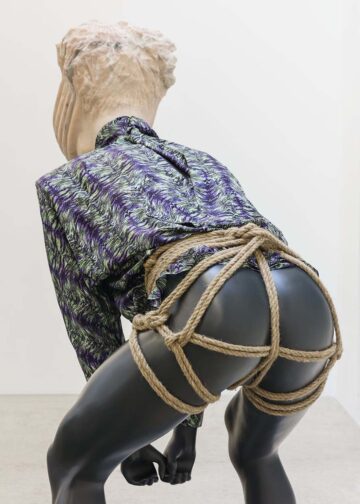
#ZUKUNFT: “THE FUTURE BECOMES YOU” – WORDS BY LIAM CAGNEY
If, like me, you’re a techno head—wedded to dark dancefloors, addicted to sonorous…
Words by Liam Cagney
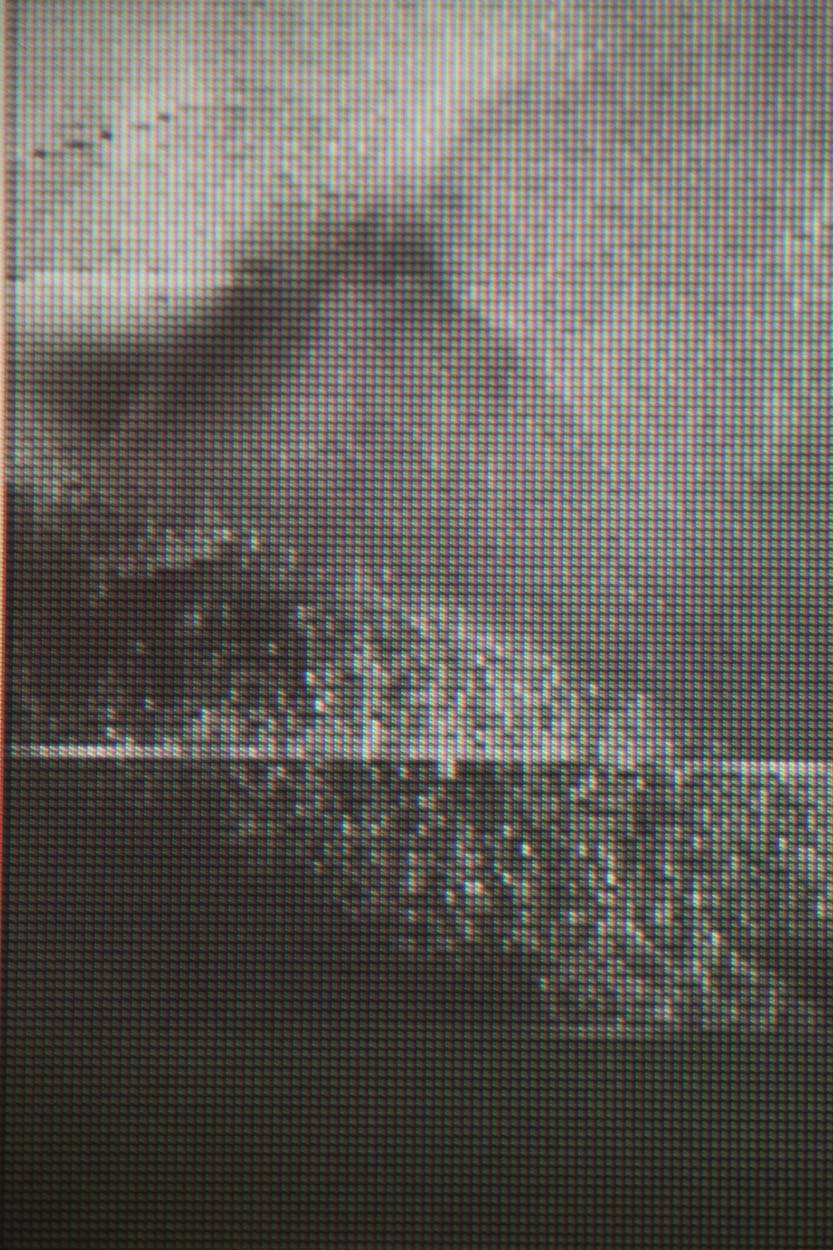
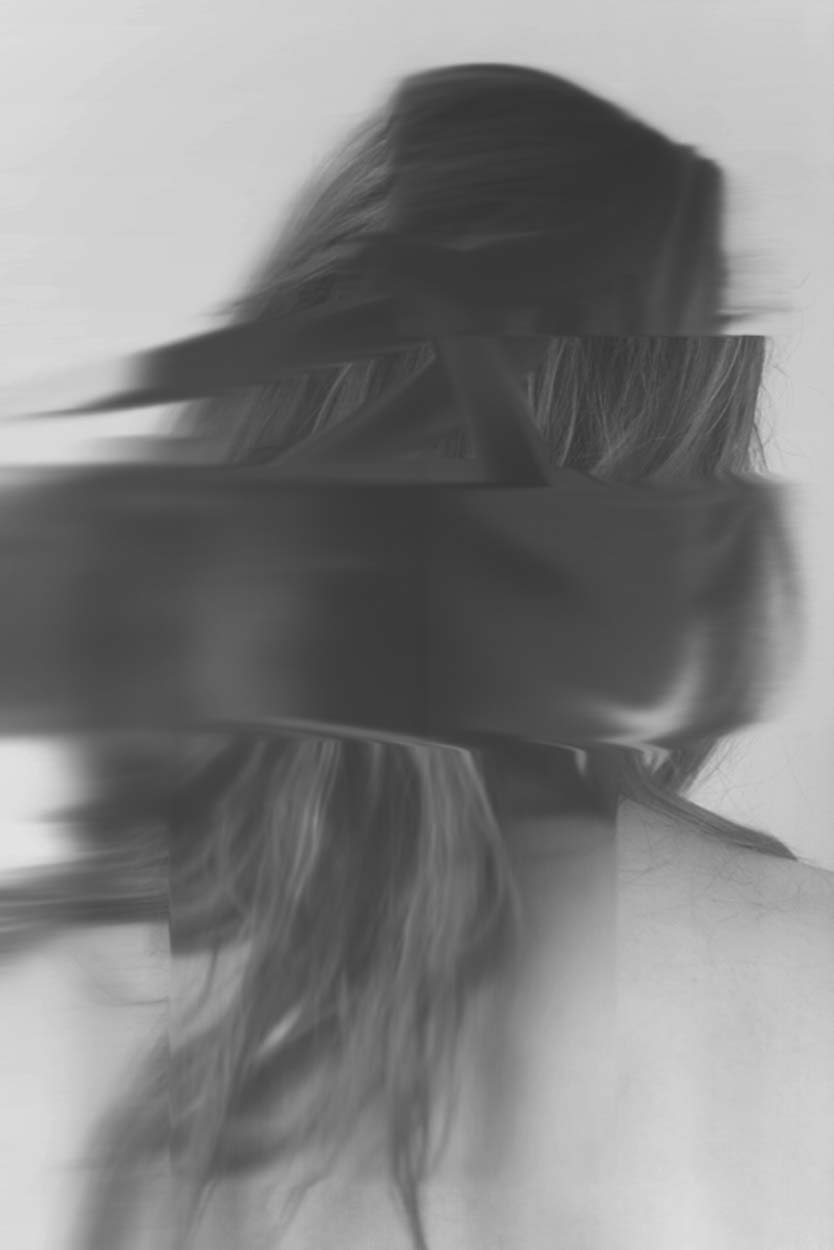
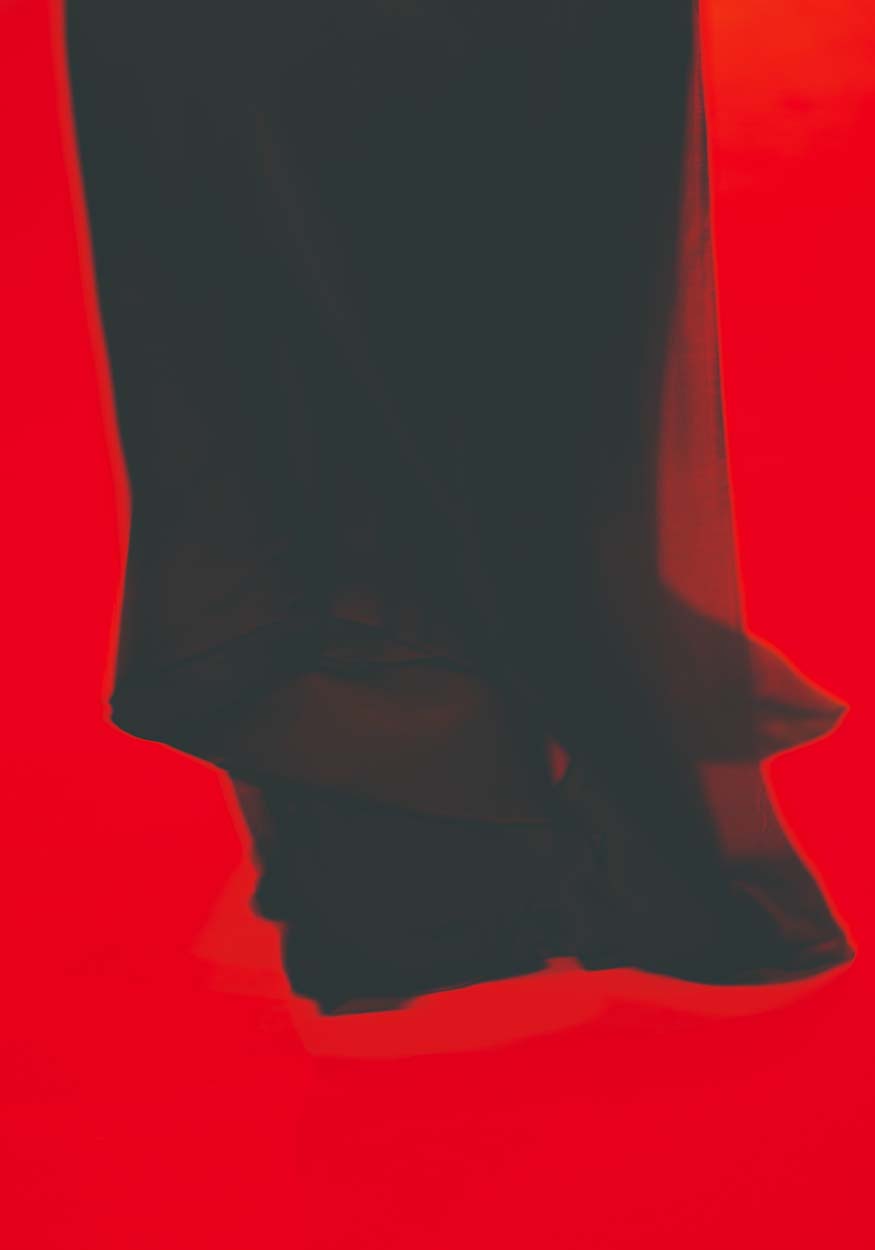
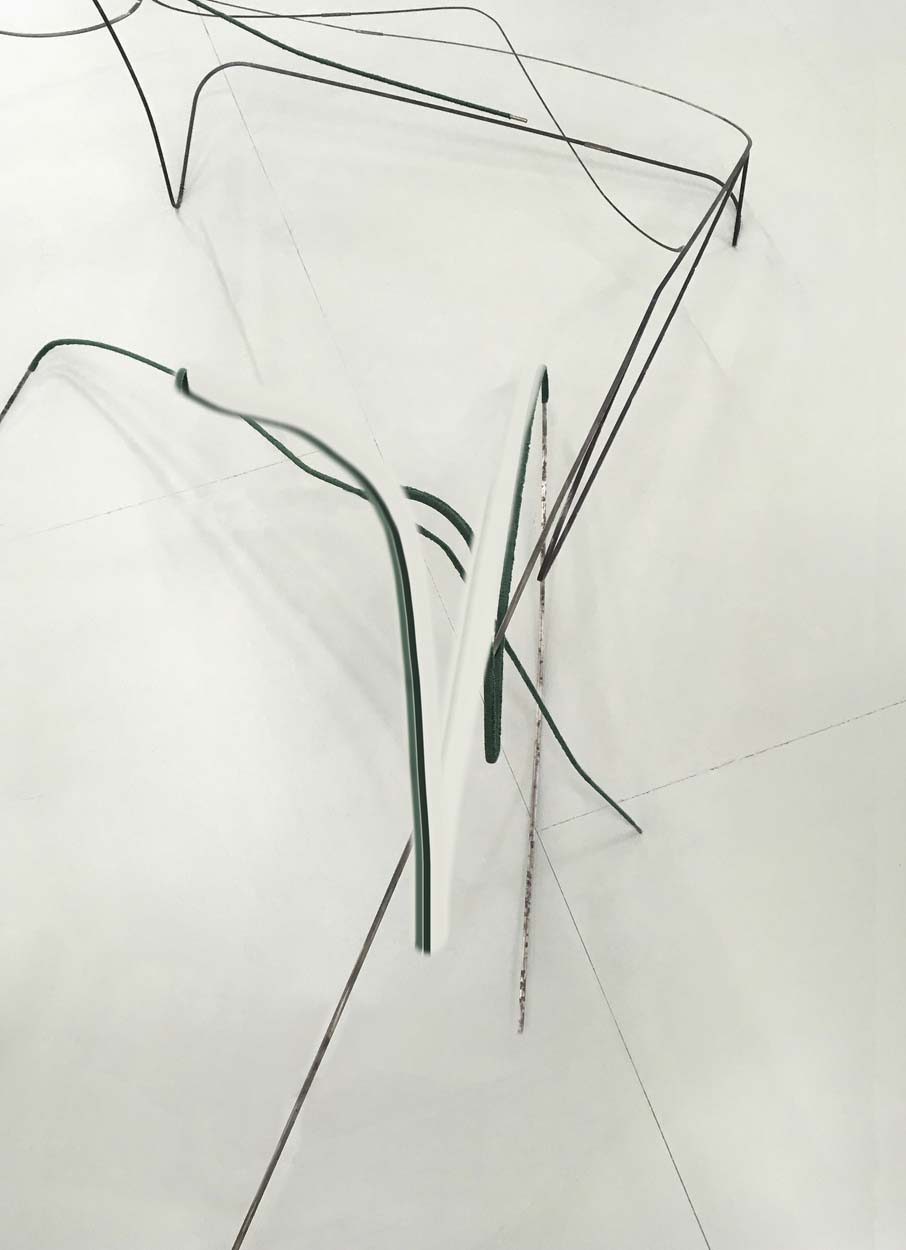


Our culture’s nostalgia paradigm is a hot mess right now. Trend-wise, there’s the conceptualized ‘indie sleaze’ revival, celebrating the rogue glory of the late 2000s and early 2010s. Even digital cameras are getting rebooted in an effort to shake up the grid. Meanwhile, the Depop-ification of Y2K has cemented its staying power and virtually emptied thrift stores. Goth and fetish-y Tumblr trends from five years ago that barely left the cycle are already being reintroduced on the runways. The main pop girls continue to revisit late twentieth century tropes in pursuit of maximalism (often rewardingly), while commercial radio still pushes millennial-Europop remakes.
We’ve wired the clock to tick anywhere but now, even when it jams at 11:59.
As a sentimental person guilty of dabbling in at least two of those revivals, I bear no judgement. Dystopia is in abundance right now and five, ten or twenty years ago feels pretty desirable. But to cite an overused Lenin quote about decades where nothing happens and weeks where decades happen, it’s fascinating how minimal imagination there’s been within fashion regarding an aesthetic that is purely now. Something reflective of the present chaos and dysfunction without retreating to the comforts of nostalgia. At its most cynical, it speaks of our inability to reconcile with the present and future.
The late academic Mark Fisher condemned nostalgia’s hold on society through the theory of ‘hauntology’, arguing that neoliberalism and postmodernism has sterilized us into a loop of cultural rehash. He wrote of capitalism absorbing all forms of expression and resistance, to be reproduced in its vacuum. This results in an incapacity to imagine a future beyond the sci-fi cliches of last-century film, regardless of having reached a different future to what had been imagined back then. Ironically, the period that informed Fisher’s nihilistic doctrine, the mid-2000s, is one we’re salivating for now, in hindsight. Tragically taking his life in 2017, Fisher was ultimately spared of the culture doubling down on an era he perceived as devoid.
It’s a dark take, and as much a question for the culture as it was indicative of Fisher’s openly-discussed mental health struggles. But it rings true to how certain facets of futurism are channeled in the mainstream right now, along with the collateral damage of a pandemic that saw many cling to comforts of the past. Muted athleisure, for example, in its high to fast fashion pipeline, has reproduced the radical principles of minimalism into branded uniformity. Consumerism has infiltrated subversion and engulfed most underground sensibilities into trends. Gestures of activism, counterculture and class warfare have been commodified to a grim point of meaninglessness (think ‘the rainbow economy’, for example). The list of Fisher-ian factors distorting our past, present and future are endless and overwhelming.
In fashion, reference and brilliance are intertwined. Many great collections cite past eras to make paralleled statements of the times. A 2009 autumn/winter collection by Marc Jacobs for Louis Vuitton comes to mind, one that drew on ’80s excess as a response to the global financial crisis. It was cleverly duplicitous – on one hand, a celebration of transformative fashion to reignite morale in the industry, while linking a past period that was similarly a victim of its extravagance to recession. Compellingly, two of fashion’s most consistent innovators, Rick Owens and Rei Kawakubo, operate in a league of self-reference. Mostly through architecture, their designs advance on their own methodologies and are true benchmarks of modernity in fashion. When they indulge in nostalgia, it’s mainly from a considered philosophical viewpoint.
The resolution of smartphone cameras is the true, unsentimental indicator of what our present looks like.
Therein lies the big question about what the nostalgia zeitgeist and the ideals underpinning it express about current times. Is there more to indie sleaze other than wishing it was ten plus years ago? Does there need to be? Does Y2K need to reconcile with the paradox of early 2000s glitz, then seen as vacant distraction? On an individual level, probably not, and that idealization speaks to the powerful psychology of nostalgia. It also parallels the way fashion trickles through the masses, cyclically removed from context. These days, social media sets the terms of fashion outside of reference. The first base of influencer contact has made it harder to be immersed by a designer’s artistic vision, thus diminishing the mystique.
The resolution of smartphone cameras is the true, unsentimental indicator of what our present looks like. A level of ambiguity is stripped away with each optimized update, particularly in recent years. Along with social media, this innovation has not only democratized photography, but also the way we navigate aesthetics. The lens has become an extension of ourselves, and our distaste for or embrace of it has become value-based. Paired with any in-vogue revival, it’s an interesting paradox of living in the past framed with the unavoidable clarity of the present. Like reshooting a classic film with today’s technology. The latest pivot to digital cameras popularized by TikTok and various celebrities’ socials say a lot about the culture’s either a) repudiation of today’s mega pixelation for something simpler and sentimental, or b) repurposing a past object to solely perpetuate the vacuum it’s resisting. Either way, the call is coming from inside the house.
Yes, nostalgia sells. Yes, it’s human nature. But you’d think we’re at a crossroad of either finding another corner of recent history to rehash, or making a bold leap forward. When there is an early-2020s revival in twenty years (or maybe four by the current metric) what will it look like? In the past, linked periods like the ’80s and ’50s or ’60s and ’90s had clear socio-political synergies that informed their aesthetic ties. As it currently stands, this little moment of time we inhabit may very well be remembered as a present everyone wished was past.

If, like me, you’re a techno head—wedded to dark dancefloors, addicted to sonorous…
Words by Liam Cagney

It is a warm evening in June, and I am sitting in the cinema. The auditorium is full, the…
Words by Harry Pasek
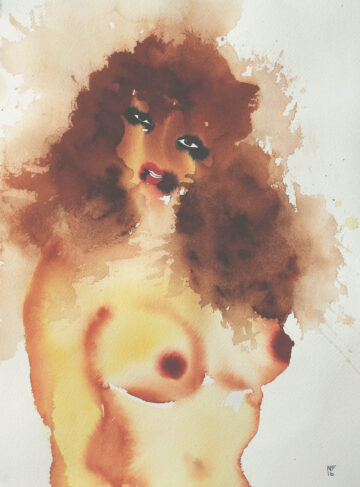
According to a survey conducted by the Pew Research Center, in 2020, only 21% of Americans…
Words by Damien Cummings